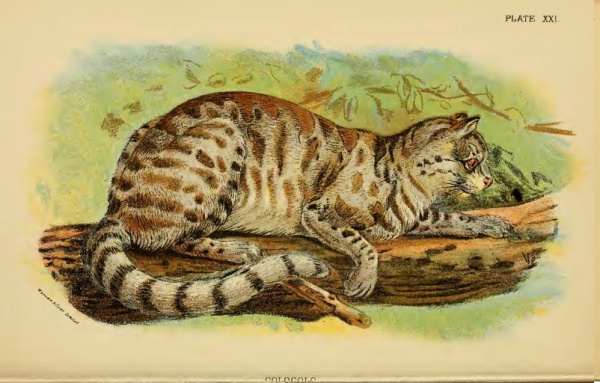Facts About Colocolo
The Pampas cat, a small wild feline native to South America, is currently listed as Near Threatened on the IUCN Red List due to the ongoing loss and conversion of its natural habitat. Known in some regions as the Pantanal cat or colocolo, this intriguing creature has sparked significant interest and debate among scientists.
Initially, there was a proposal to classify the Pampas cat as three separate species. However, further studies did not support this distinction at the species level. Today, the Cat Classification Taskforce recognizes the Pampas cat as a single species with seven subspecies.
Slightly larger than a domestic cat, the Pampas cat exhibits a variety of sizes and fur patterns depending on its geographic location. In fact, there are six distinct fur variants, each with its own unique characteristics. This cat can be found across a wide range of South American countries, including Argentina, Uruguay, Bolivia, Brazil, Ecuador, and possibly Colombia, thriving in diverse habitats from grasslands to dry forests, and at elevations as high as 5,000 meters.
Despite its broad range, much about the Pampas cat's lifestyle remains a mystery. It is believed to primarily hunt small mammals and birds, with guinea pigs being a favored prey. Information on its breeding habits is sparse, but it is known that a typical litter consists of one to three kittens. On average, a Pampas cat lives around nine years, though some have been known to reach up to 16 years of age.

 Argentina
Argentina